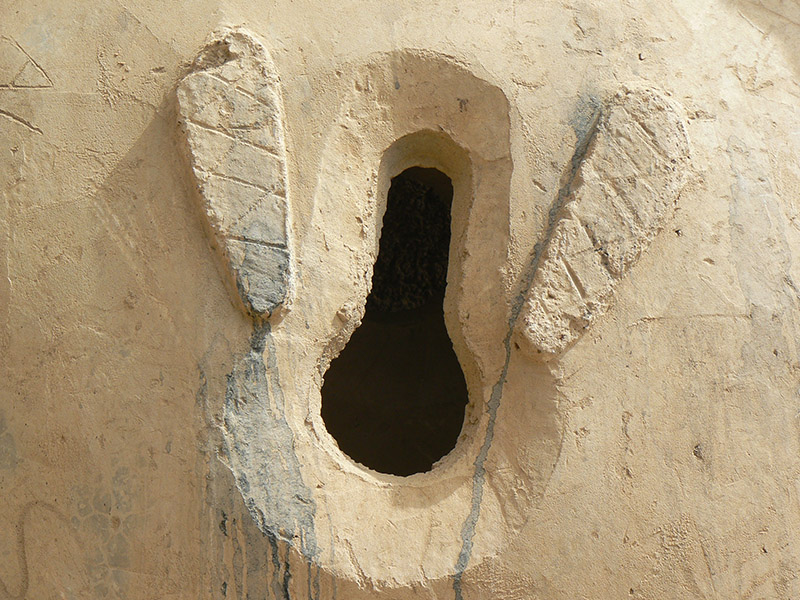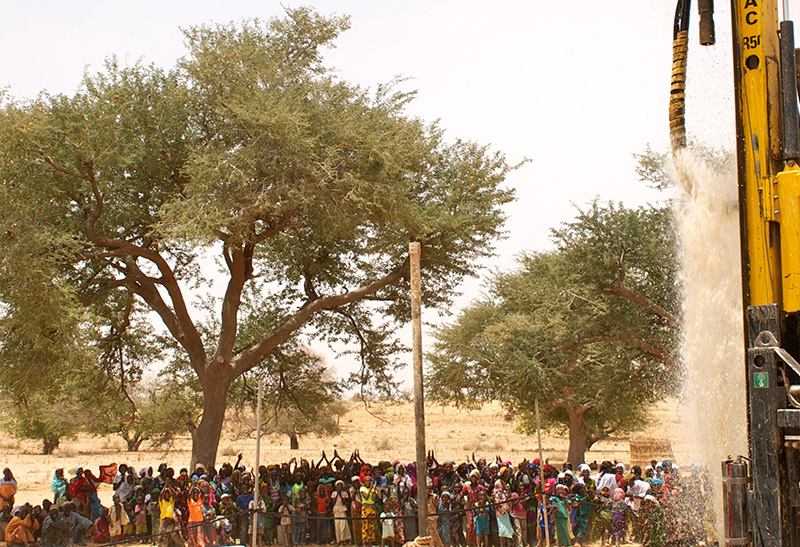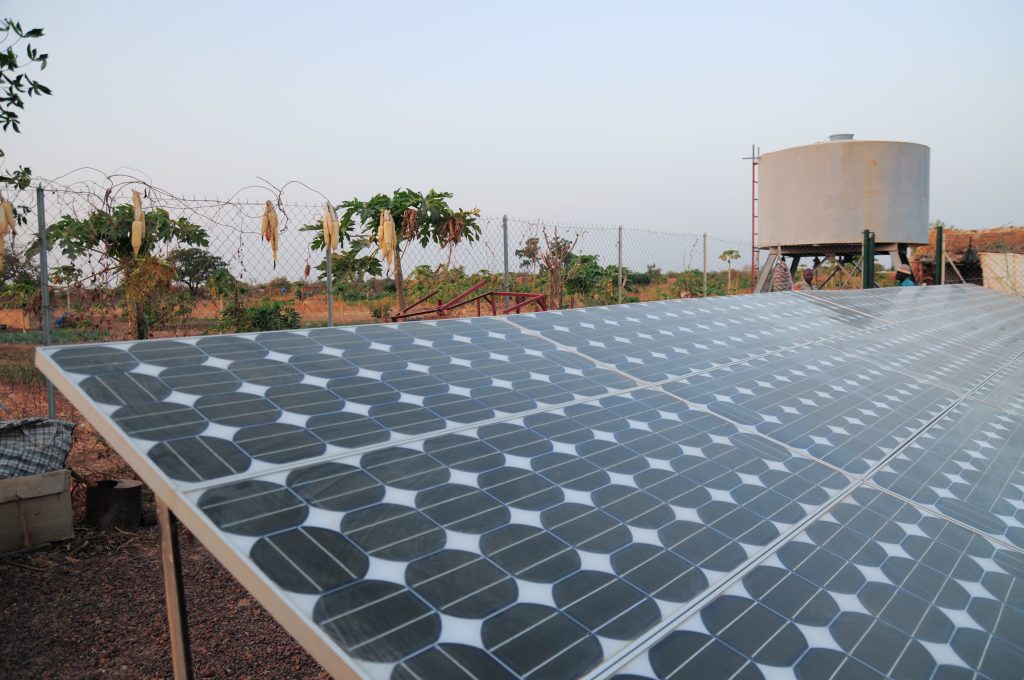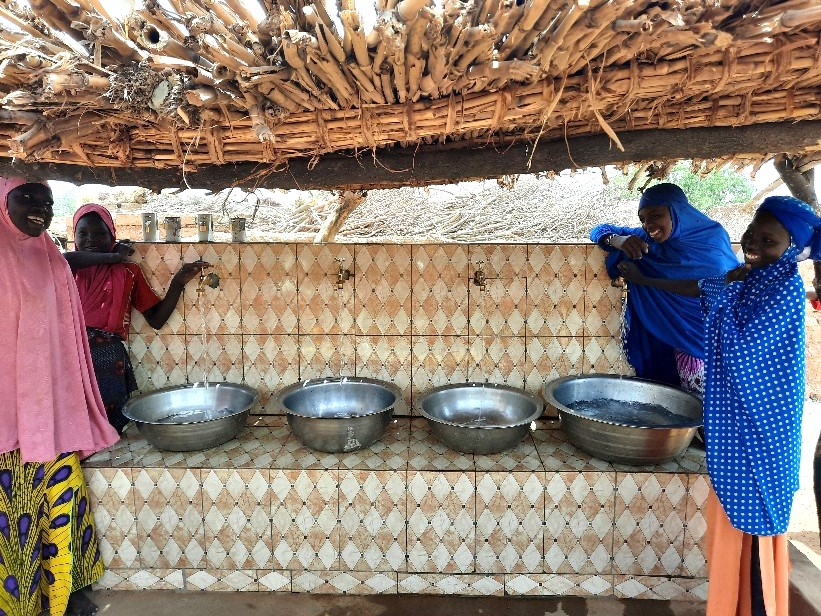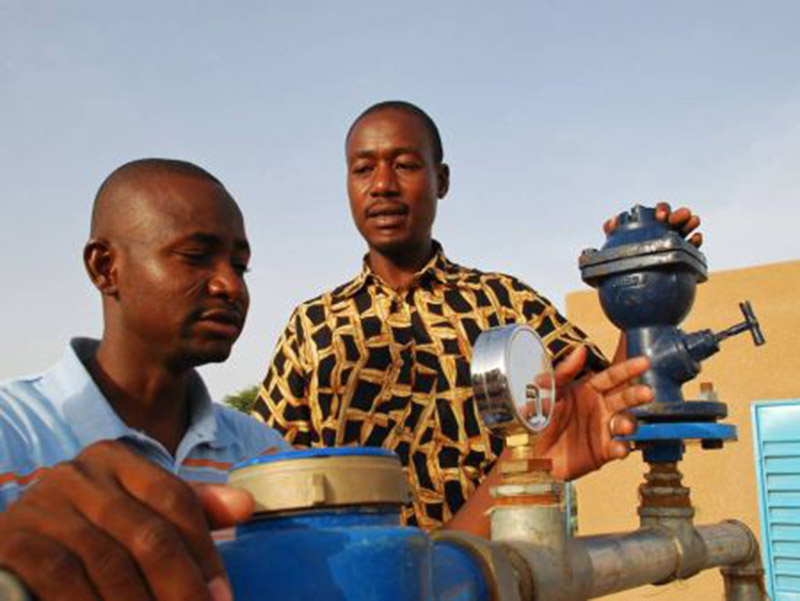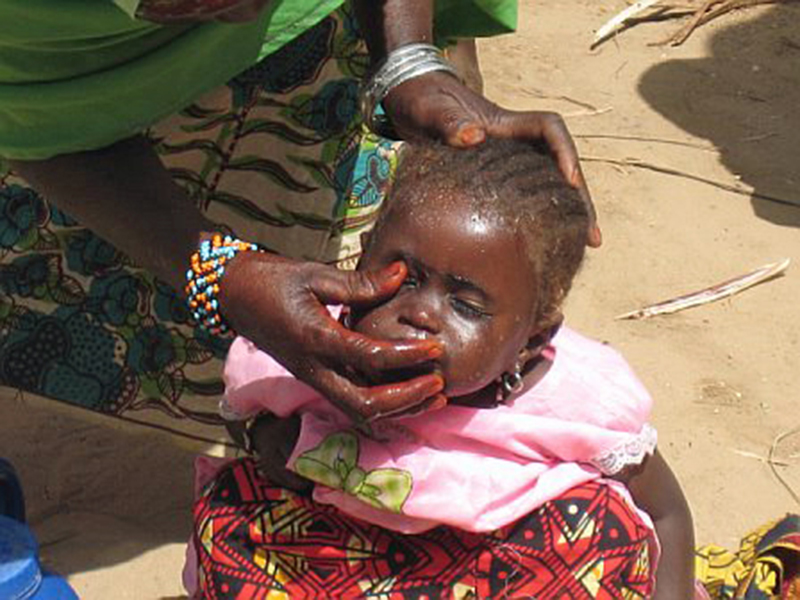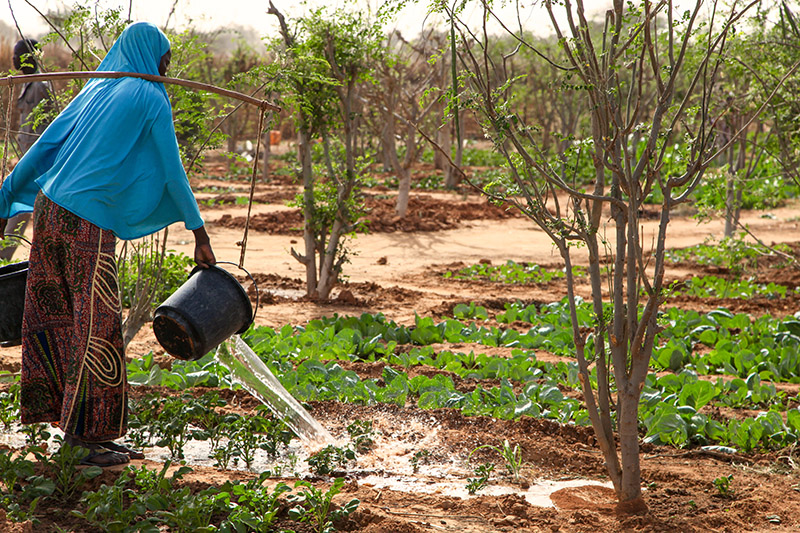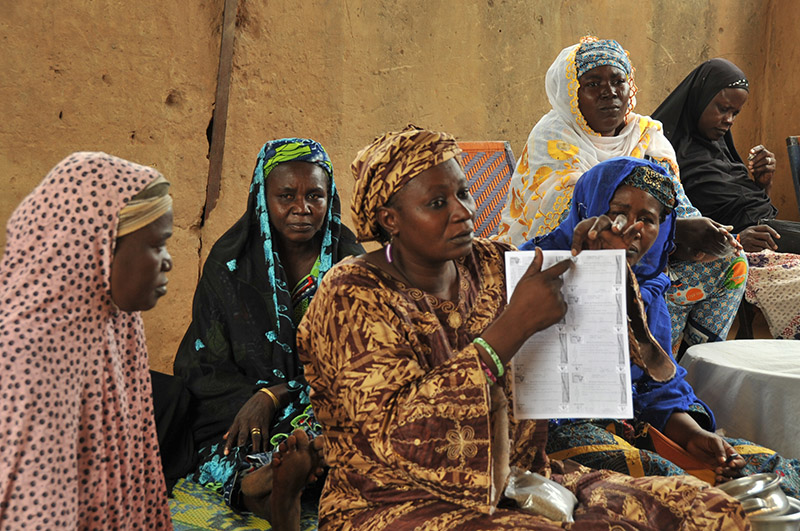STEP 1
Build Latrines
Once the site of a well has been determined, the education process begins. We assist the villagers in building latrines, and we teach the importance of using them to end the practice of open defecation which contaminates groundwater.

